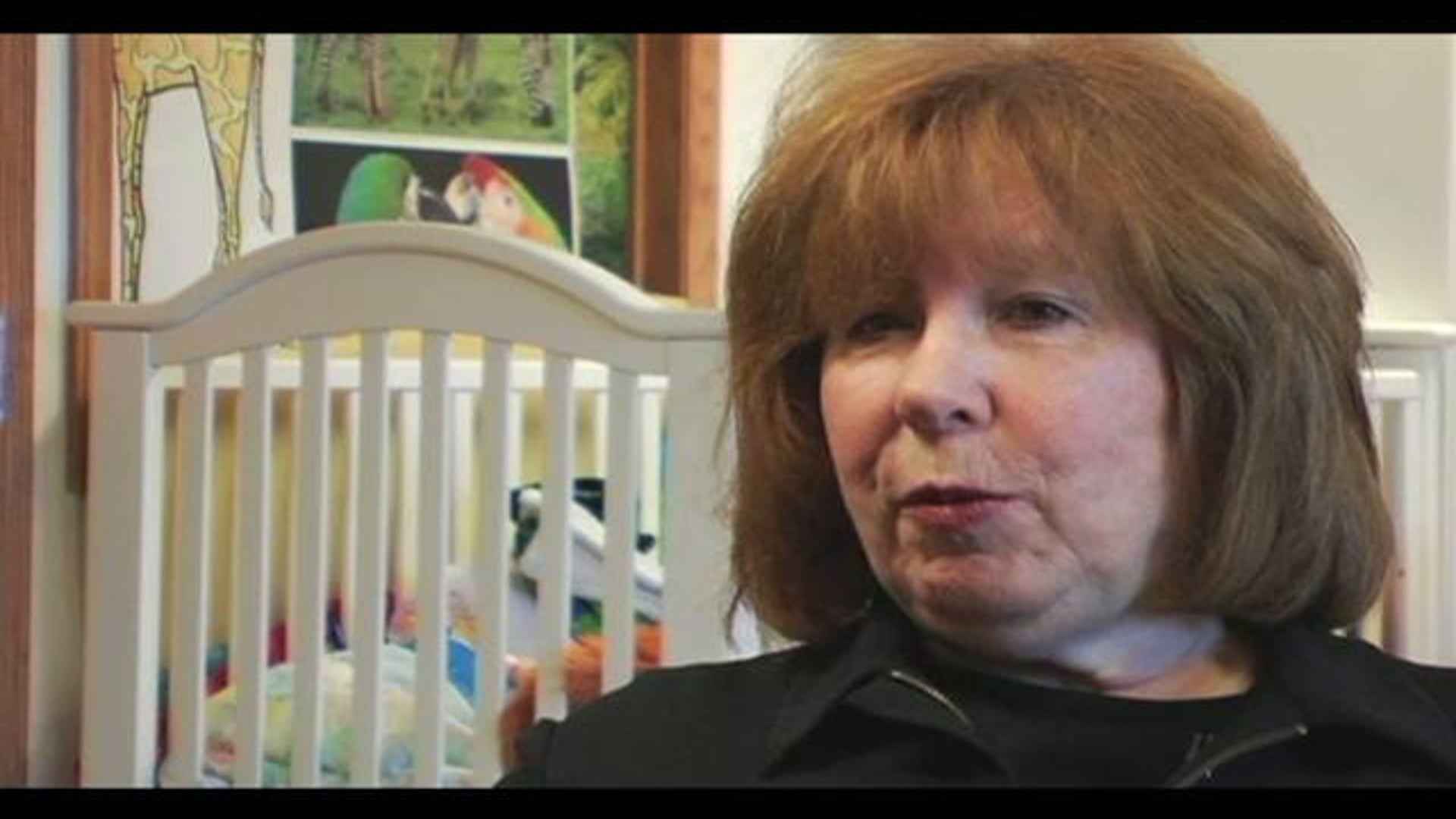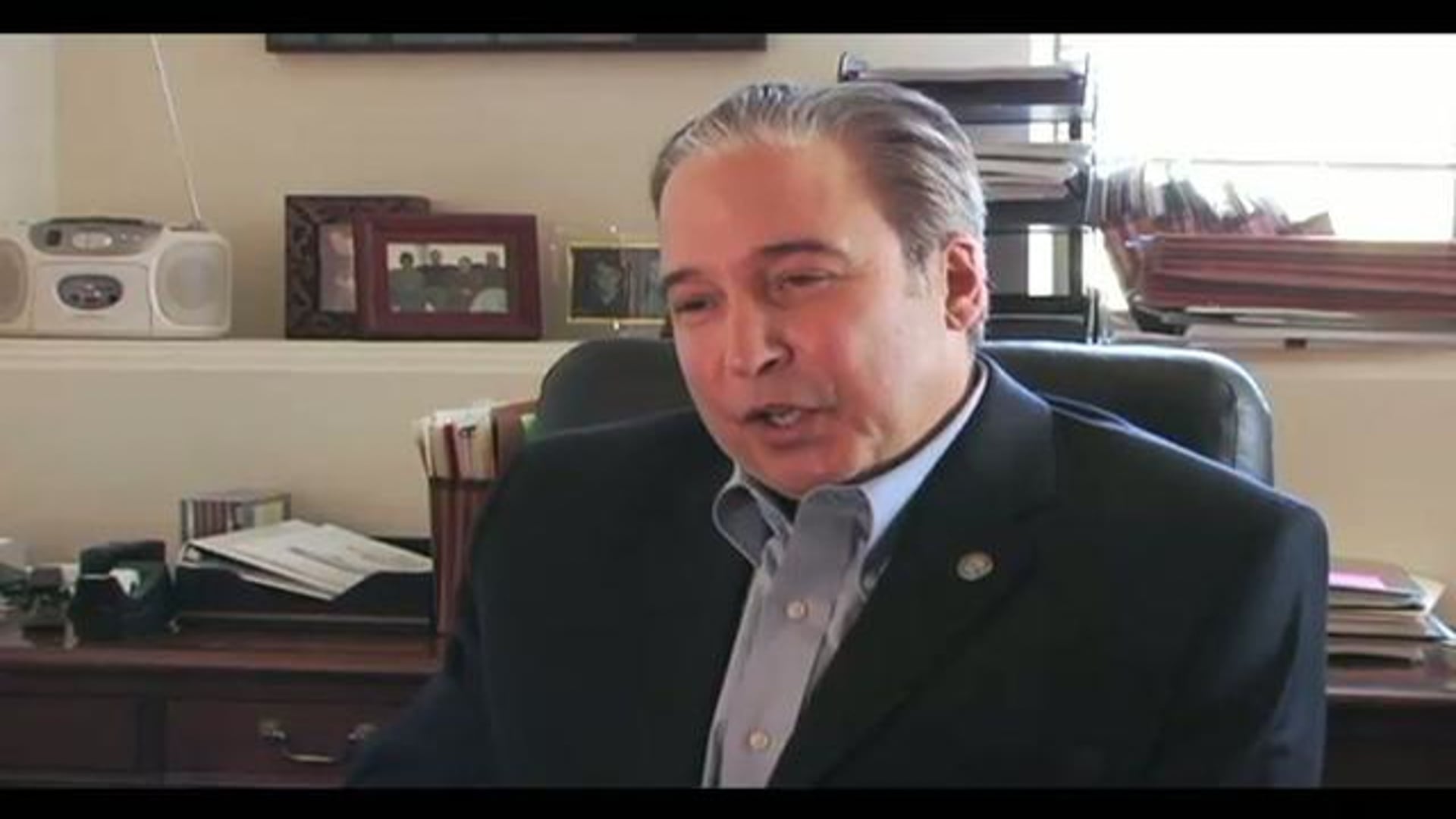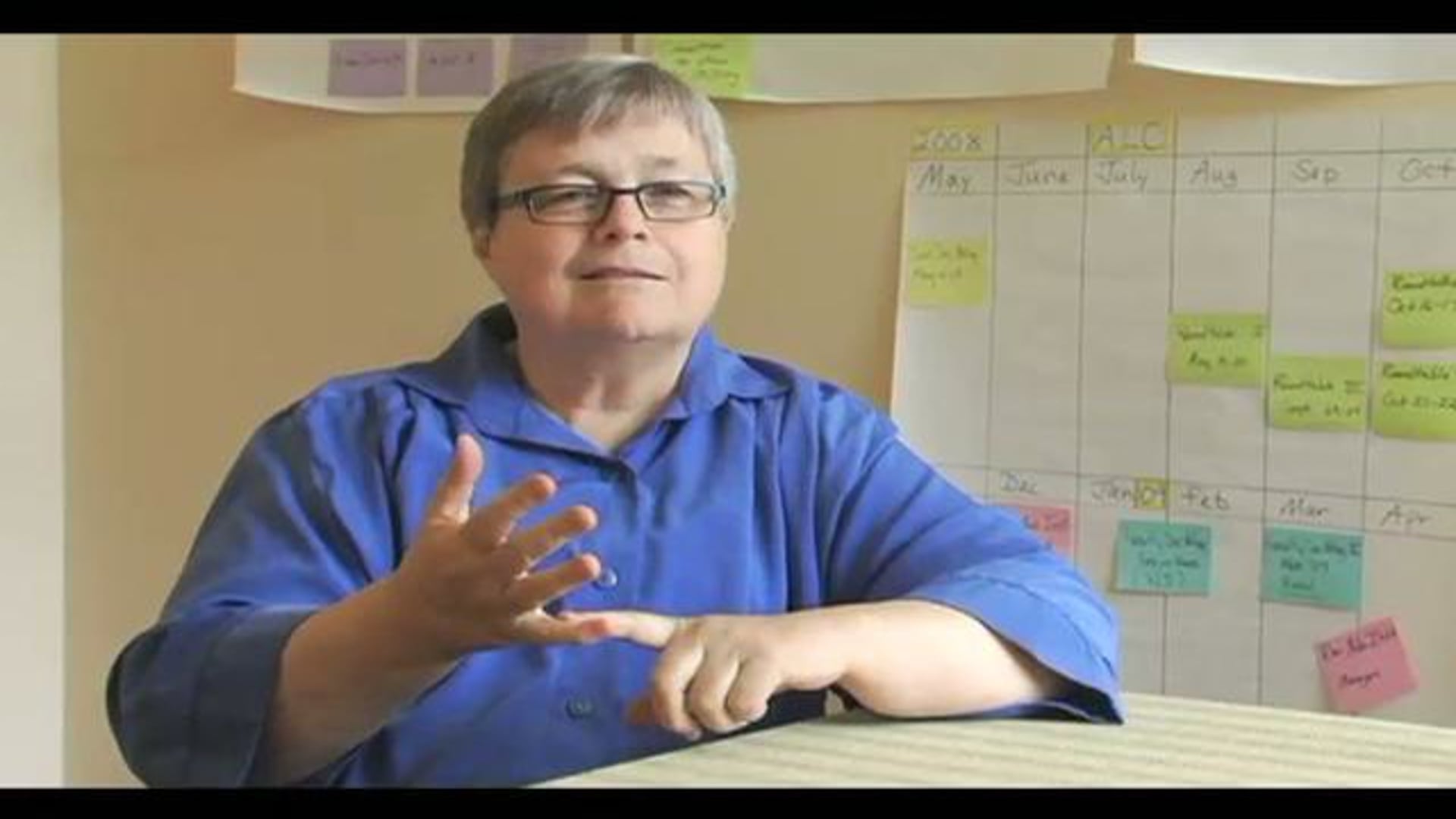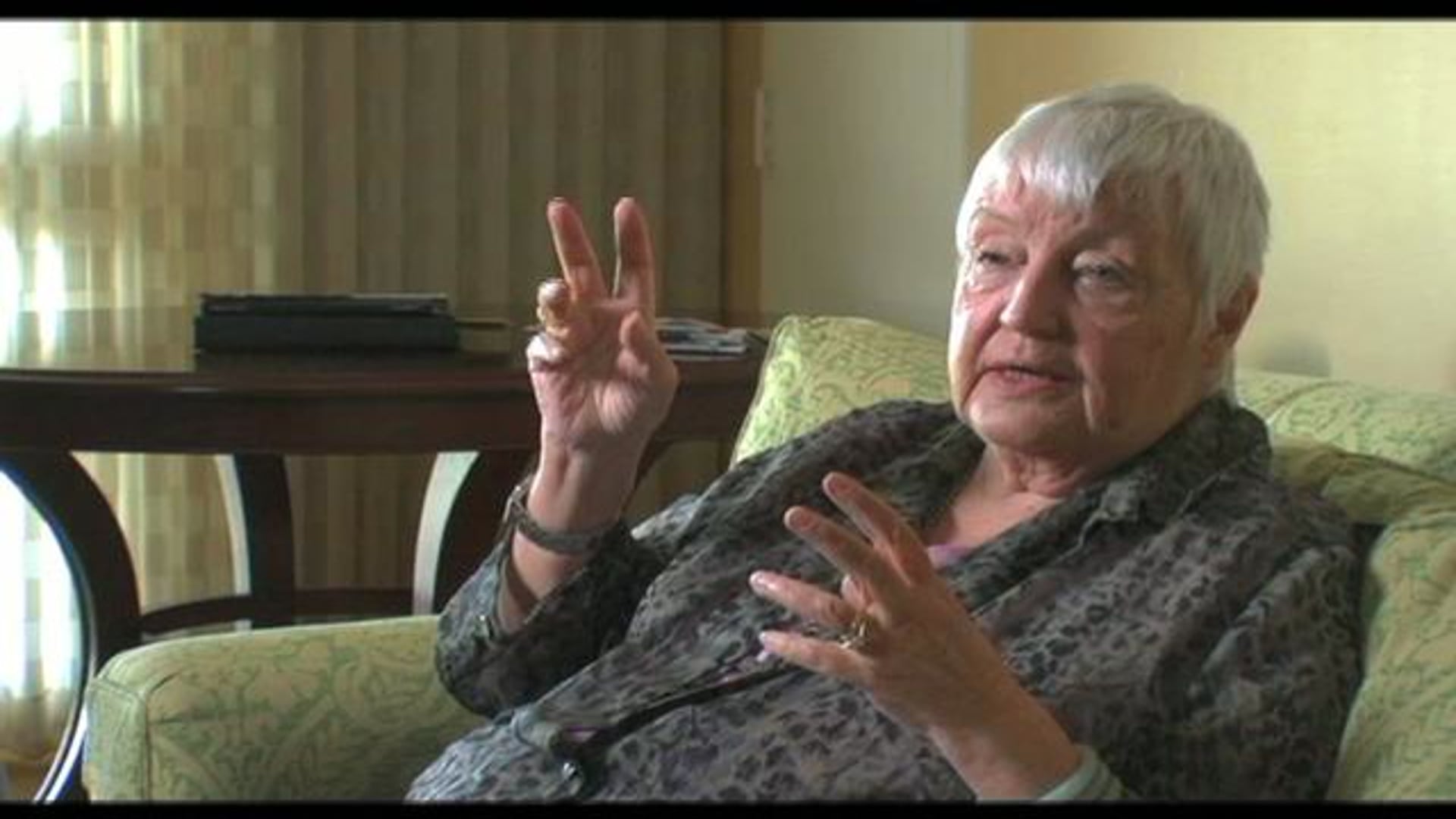A new historical perspective
We were, to be honest, flying by the seat of our pants. We came into this whole idea of changing the culture with an historical analysis about wife beating. We just did not believe and buy into the psychological analysis that was coming out at the time about why there was domestic abuse. We came at it from the perspective that historically men had used violence to control and dominate women. And so that was sort of our historical roots, the foundation that we looked at domestic violence from. And what we did, we started to interview battered women. We’d go to support groups that were held in Duluth. And these were women who have been battered for years. It may have been a fresh incident. Regardless, we started to talk to women about their stories. Invariably, there were common currents we noticed. Certain behaviors every battered woman could relate to. Almost every woman would say it’s not just emotional abuse, but a specific kind of emotional abuse that would precede the physical acts of violence. The name calling, calling her a slut, calling her a bitch, calling her a whore, the degradation that occurred prior to the violence. Almost every woman in that small group would tell a similar story. So we started to see that there was a pattern that was developing, and there were all kinds of abusive behaviors that we were hearing.
Systematic tactics of a batterer
But there were several that really stuck out. And that’s how the wheel started to evolve. There was a pattern of emotional abuse, psychological abuse, coercion, of intimidation, sexual abuse, this sense of entitlement that a lot of the batterers had in their own relationships. So we narrowed it down to several tactics that batterers would use to control their partners. The wheel then became a definition of what battering is. That’s important. There’s an important distinction, because there is some violence that happens in domestic abuse situations where you wouldn’t necessarily say that the man is a batterer or that the woman is a batterer. But if the tactics on that power and control wheel are being used systematically, and if the intent is to dominate that person through those abusive behaviors or through the violence, then we would describe that person as a batterer. And so the power and control wheel, with all of those tactics around it, is in essence what battering is all about. It really came from battered women’s stories. It made so much sense for battered women. They’d see that wheel and they’d say that’s my story. I can look and I can see how my husband or my boyfriend used almost all of these tactics against me. And this was the impact on me. It kept me stuck; it forced me to adapt in order to live in this relationship. And it told my story.
The wheel spreads around the world
The more this wheel got around the country, more and more battered women were saying, “this is our experience.” And I think the most exciting thing was for us as activists who saw this sort from a historical perspective, was that it didn’t matter what country this power and control wheel was used in, what language, what culture. Almost all battered women around the world would say this is my experience. Now some of those tactics may be different based on their own culture, but most battered women throughout the world would say those are their experiences.








